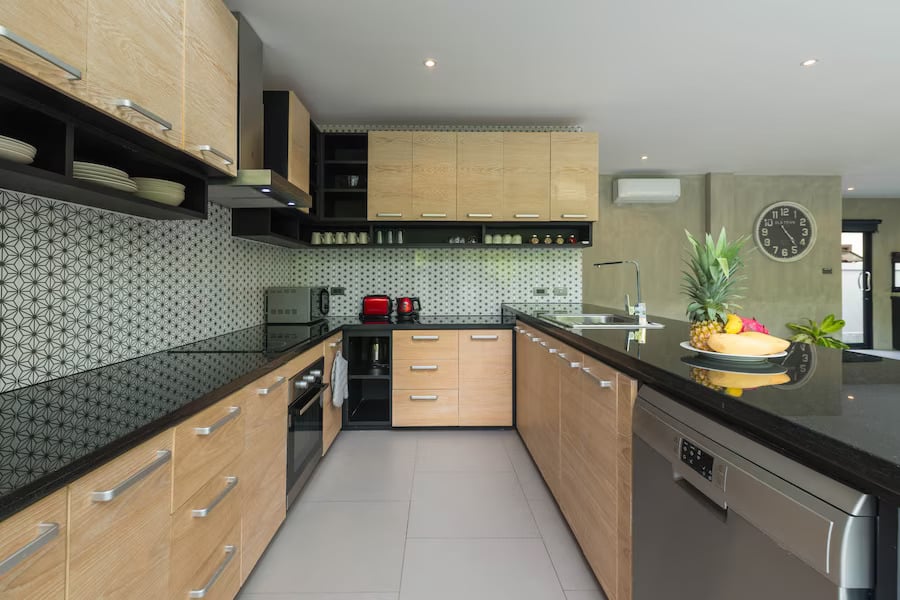A Step-by-Step Guide to Planning Your Modular Kitchen Design
With the guidance of our comprehensive guide, “A Step-by-Step Guide to Planning Your Modular Kitchen Design,” set off on a life-changing adventure. The growing preference for modular kitchens may be attributed to their unique designs, resilience, and efficiency. It’s essential to understand the concept and adhere to a comprehensive design process if you want to improve your kitchen experience. With our methodical approach, you can effortlessly navigate the world of modular kitchen planning, providing effective layouts and insightful design advice to help you establish your dream kitchen.
What Defines a Modular Kitchen Planning Guide?
A modular kitchen consists of various components that are put together to suit specific needs. These adaptable modules maximize workspace and efficiency by being designed according to individual usage behaviors and aesthetic preferences.
Purpose of Modular Kitchen Design:
The design offers multifaceted benefits:
1. Smart Space Management:
Flexibility enables customization of layouts, cabinets, and accessories to fit any given space.
2. Easy Cleaning:
Detachable modules make it possible to clean thoroughly and easily maintain hygiene.
3. Efficient Design:
Enhances functionality by optimizing kitchen space.
4. Accessibility:
puts a priority on usability with well-created components.
Designing a Modular Kitchen:
Follow these steps for an efficient modular kitchen design:
1. Start with Layout Selection:
Choose from various layouts like L-shape, U-shape, Single Wall, Parallel, Peninsula, or Island. Each suits particular measurements and functions, in line with the needs of your kitchen.
2. Implement the ‘Work Triangle ‘:
Ensure a smooth workflow by arranging the cooktop, refrigerator, and sink in a triangle formation, promoting accessibility without obstructing pathways.
3. Prioritize Storage Planning:
Make sure everything works well by arranging enough storage. To keep things organized and clutter-free, consider alternatives like open shelves, the newest kitchen drawers, or cabinets.
4. Select Kitchen Materials Wisely:
Analyze the materials that are available for countertops and modules, giving maintenance and durability priority. Durability and ease of washing are important factors, thus quality shouldn’t be compromised for the budget.
5. Carefully Choose Appliances:
Align appliance selection with your usage patterns. Opt for energy-efficient options from reputable brands, ensuring they complement your daily kitchen activities.
Designing a modular kitchen involves strategic planning and consideration. The minimal design needed to produce the ideal modular kitchen is outlined in these stages. To realize your concept, get advice from reliable modular kitchen companies.

